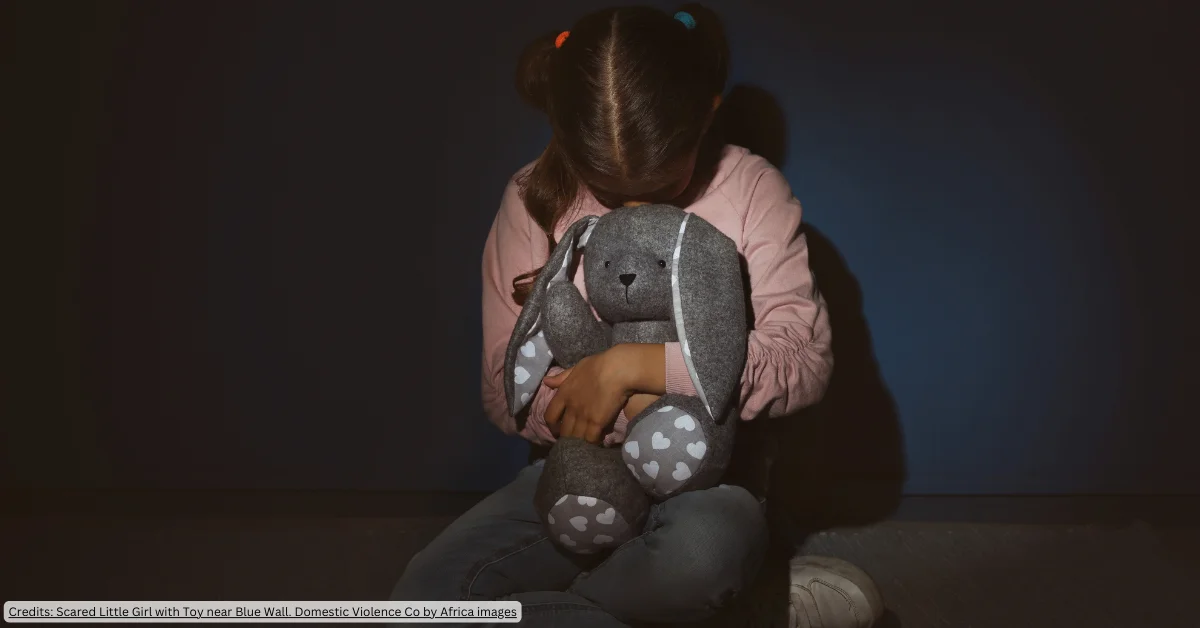How many times have you tuned into your local NPR station and instead of the regularly scheduled program you’ve heard “If we get 20 donations by the end of this hour, a generous donor will give us $500 in matching funds”? How much of your mail and email, especially in December, bears messages like “If you give today, a generous donor will match your donation dollar-for-dollar”?
I am an economist who studies nonprofit fundraising, and these pitches made me want to find out whether matching funds, a common tool, really make people more likely to give.
Donations, including matching ones, are extremely important to nonprofits. NPR, for example, gets almost 40 percent of its funding from listeners, 20 percent from corporations and only 5 percent from the government.
Feeling important
Research on this topic has raised questions about this common fundraising tool’s effectiveness. Some studies have found that matching funds increase the likelihood someone will donate any amount, while others have not detected that benefit.
To determine one way that matching funds might work, I teamed up with fellow researcher Mike Schreck of the Analysis Group, an economic consulting firm. We looked into whether making people feel important by having them unlock matching funds for the nonprofits they support would increase the number of donations.
To understand what we mean by “feel important,” consider what happens when NPR stations say “We need 20 donors by the end of the hour to get $500 in matching funds.” If you could know for sure that 19 people would answer that call, you could believe in your power to personally activate the match.
However, if you could be certain that only 18 people will call in, then even if you make a donation the goal of 20 won’t be met. And if you were certain that at least 20 other people will call in, you would realize that you could be the 21st donor or the 22nd. In those cases your gift would still count, but you wouldn’t be helping to make a match.
Multiple matches
We reasoned that by tinkering with different thresholds and changing the number of donors needed to unlock matching funds, we could change how important potential donors would feel.
To give that a shot, we first partnered with an educational charity that requested anonymity.
The nonprofit mailed five different types of letters asking prospects for donations. Everyone on its mailing list randomly received one of the five letters. They included a traditional dollar-for-dollar match letter – meaning that if donors gave US$10, the charity would automatically receive $20 – and a control-group letter that simply told people about the group’s mission and asked for a donation.
We also created three letters telling recipients they had been randomly assigned to a group of 10 people. One promised that if at least one of the 10 donated, the charity would get an extra $50 in matching funds. Another said that if at least two of them made a gift, the nonprofit would receive that $50. The third letter pledged those $50 in matching funds if at least three recipients donated.
Everything we told potential donors was true. There was indeed a generous person who promised to make those matches if the various thresholds were met, along with dollar-for-dollar matches if that’s what a donor’s letter told them would happen across the board.
What worked best
Eight weeks later, we measured and compared the donation rates for the five kinds of letters.
Only 1.59 percent of the prospective donors who got the control-group letter with no match made donations, the lowest rate. The second-lowest donation rate was for those who got a letter requiring one person in 10 to activate matching funds, at 2 percent, followed by a 2.34 percent rate for the people promised an unconditional dollar-for-dollar match. The donation rate among prospective donors told that gifts from two in 10 would do the trick was about the same, at 2.35 percent.
For the people told matching funds would require three donors, the donation rate stood much higher: 3.68 pecent. That surprised us because we thought the higher goal would discourage donations. Instead, potential donors seemed to be reacting to our raising the bar by themselves rising to the greater challenge. It’s possible that as the goal rose, people felt more needed and so were more likely to give.
Response rates in the low single digits may sound underwhelming. But donation rates for this kind of campaign typically run only 2 percent and even averages of 0.5 percent or less can be worth it for fundraisers.
To further test whether making people feel more likely to activate matching funds makes them more apt to give to a charity, we did another study, this time working with people in person. We asked them to decide whether to donate and to tell us how important they thought their gifts would be in terms of activating the matching funds.
We summarize the results from both the mailing and the other study in a paper that is forthcoming in Games and Economic Behavior.
As with the mailings, we found that the more instrumental a person thought their gift was in terms of activating matching funds, the more likely they were to donate.
![]() What should nonprofits learn from our research? Not all pitches about matching funds are equal. The ones that make potential donors feel that their gift is a key part of what it will take to unlock that extra money work best.
What should nonprofits learn from our research? Not all pitches about matching funds are equal. The ones that make potential donors feel that their gift is a key part of what it will take to unlock that extra money work best.
Laura Gee, Assistant Professor of Economics, Tufts University
This article was originally published on The Conversation. Read the original article.
- The Conversationhttps://thirdsector.com.au/author/theconvo/
- The Conversationhttps://thirdsector.com.au/author/theconvo/
- The Conversationhttps://thirdsector.com.au/author/theconvo/
- The Conversationhttps://thirdsector.com.au/author/theconvo/











